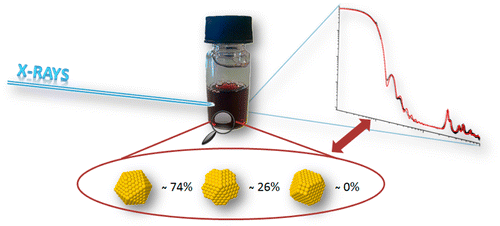Context
The development of nanotechnologies relies today on the assembly (and self-assembly) capabilities of nanoparticles in order to exploit their intrinsic properties, such as their electronic (plasmonic) or magnetic properties, their large specific surface area, or their reactivity. This enables to get new functional devices like, for instance, nanofiltration membranes, photonic crystals, and chemical nanoreactors.

Research strategy
In all cases, the first step is to control the synthesis of these objects in terms of quantity, size and distribution. This control cannot only be obtained by the conventional method of trials and errors. The laboratory therefore had developed a mechanistic analysis of the processes of nucleation and growth of these objects by coupling:
- mixing controlled reactors (microfluidics),
- soft chemistry (mainly ambiant temperature and in water)
- the study using techniques of in situ sensors (light, SAXS, WAXS, XAS, SANS) of the kinetics of synthesis with the adapted resolutions (down to the millisecond when necessary)
- theoretical analysis of both conventional (CNT) as well as atomistic.
The potential environmental and biological impact of nano-objects is also a major research topic for LIONS scientists.





